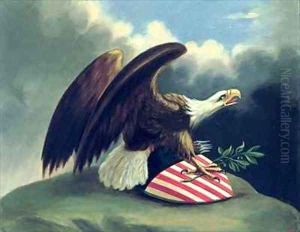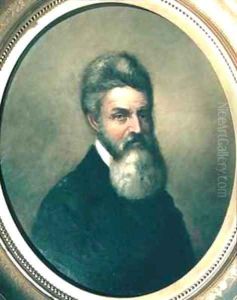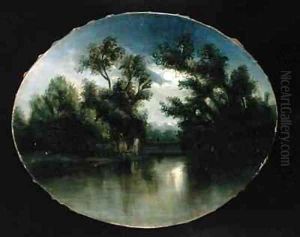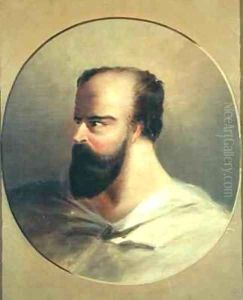David Bustille Bowser Paintings
David Bustill Bowser was a notable African American artist, born in 1820 in Philadelphia, Pennsylvania. He was a painter, designer, and decorator who gained prominence during the 19th century, a time when African Americans faced significant racial discrimination and had limited opportunities, especially in the field of fine arts.
Bowser's artistic talent was evident from a young age, and he was fortunate to receive formal training, which was quite rare for African Americans at the time. He studied with the famous Italian artist and professor, Bass Otis, who recognized Bowser's abilities. Despite the pervasive racism of the era, Bowser managed to build a career as an artist, which speaks to his extraordinary skills and determination.
He is known for his work as a portrait painter, creating images of important figures like John Brown, a white abolitionist, and Lucretia Mott, a women's rights activist and abolitionist. Bowser was also involved in the decoration of several public buildings in Philadelphia, and he worked on ornamental designs for regimental flags during the Civil War, particularly for African American regiments, which was a significant point of pride for those units.
David Bustill Bowser was also an activist in his own right. He used his artistic skills to support the abolitionist movement and the Union cause during the Civil War. His contributions to the visual culture of his time went beyond mere aesthetics; they served as symbols of hope and empowerment for the African American community.
Bowser's legacy is one of resilience and creativity in the face of adversity. His work has been recognized posthumously with exhibitions and scholarly research, ensuring that his contributions to American art and history are not forgotten. Bowser passed away in 1900, leaving behind a body of work that continues to be appreciated for its historical significance and artistic merit.



